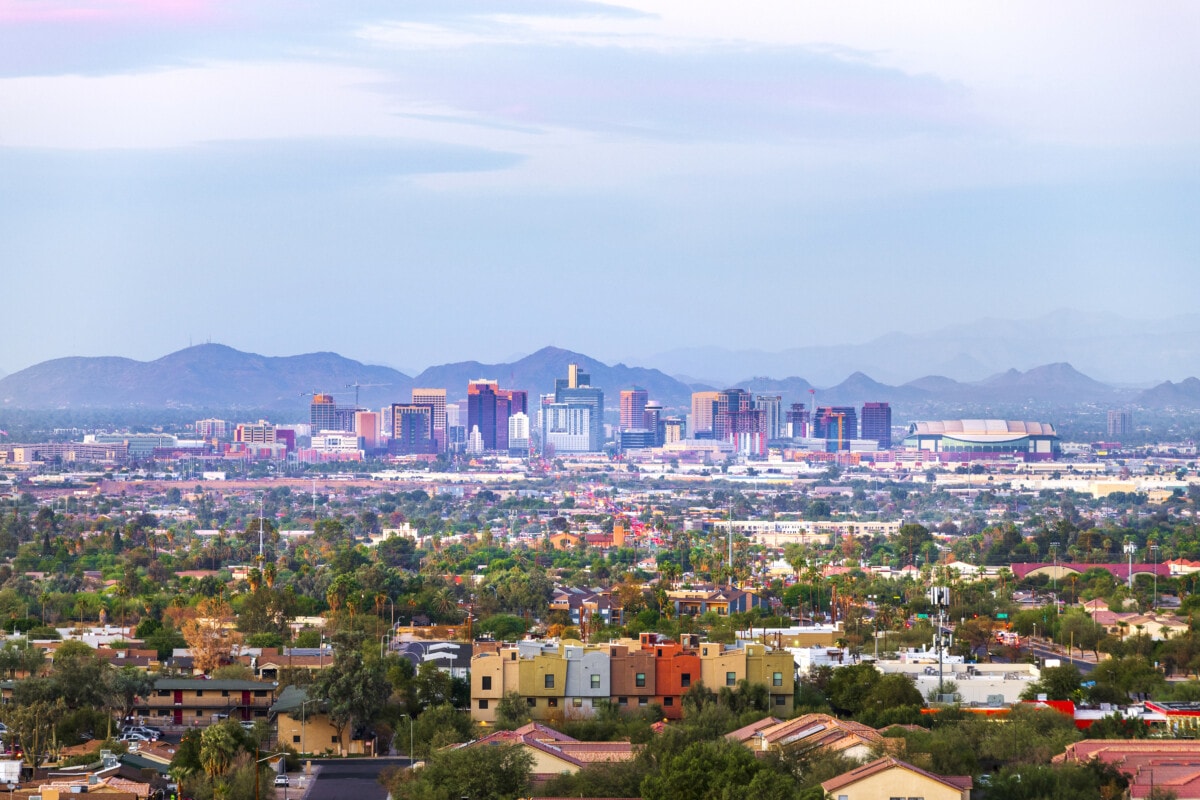Canada’s economy is losing ground—and its population is paying the price. New Statistics Canada (Stat Can) data reveals GDP per capita fell 1.4% in 2024, but the hit wasn’t evenly distributed. A provincial breakdown reveals stark disparities: few regions are thriving, while most are regressing—some back to 2020 levels. If quality of life continues to erode post-pandemic “growth,” how severe will the pain be from the upcoming trade war recession?
Why Canadian GDP Per Capita Is Important, Especially Now
Gross domestic product (GDP) is one of the most important indicators for an economy. It’s the total value of goods and services produced in a country, giving insight into the direction a country is heading. However, aggregate data only tells us how big an economy is, not whether the improvements are from real income or a country is simply adding more workers. In the latter case, the quality of life may be eroding for each worker and the economy is becoming less efficient, meaning the aggregate GDP is only good for d*ck measuring contests between world leaders.
GDP per capita helps mitigate some of those issues by adjusting the aggregate to the population size. This tells us more about the average person, providing insight into their productivity, income, and consumption. Strong GDP per capita growth is strongly correlated with quality of life improvements, with better healthcare, education, and infrastructure often seen. An erosion typically sees those factors reverse.
Canadian GDP Per Capita Slides, But 4 Provinces Buck The Trend
Annual change of GDP per capita for Canadian provinces in 2024. In percentage points.
Source: Statistics Canada; Better Dwelling.
Is Canada’s economy getting worse? Not everywhere. National GDP per capita growth in 2024 (-1.4%) contracted, but four provinces bucked the trend. Those provinces were PEI (+1.6%), Newfoundland (+1.5%), Nova Scotia (+1.2%), and Saskatechwan (+1.13%). Encouraging, but it’s worth noting that all but one of these provinces is below the national average. Despite growth, PEI and Nova Scotia still rank near the bottom of the country for per capita GDP.
Saskatchewan is a little different. Ranking second-highest in the country, it has an average GDP per capita of $64,586. It’s second only to Alberta ($71,639), but just ahead of BC ($54,748).
Few Canadian Provinces Can Afford Per Capita GDP Falling Further
Canadian provincial GDP per capita in 2024. In Canadian dollars.
Source: Statistics Canada; Better Dwelling.
All other provinces have seen per capita contractions, with some regions much worse than others. The sharpest drop was in Manitoba (-1.3%), which is now back to where it was in 2021. It was followed by Alberta (-1.2%), though the province still leads the national average by a large margin (+36%). It’s probably fine.
Tied for the third largest declines are the housing bubble twins—BC (-1.0%) and Ontario (-1.0%). Both regions managed to make smaller declines than seen a year prior, but the losses still pile up. Both regions are at their lowest levels since 2020, with their economies partying like they’re in the midst of a pandemic.
Not all provinces have been hit by the per capita downturn, and some can afford to take a hit more than others. However, it’s worth emphasizing the data is between two major economic headwinds—the pandemic and the trade war. If an erosion in real income and quality of life was the economy during its peak recovery, how bad will it get when the economy is facing an actual recession?
Which provinces are best positioned to weather a recession? Drop your thoughts below.



















 English (US) ·
English (US) ·